It’s been a pretty busy year for the Heroes of the Storm development team, as I’m sure any of them will be happy to tell you. Over the past year they’ve released a slew of new content and changes, including two maps and enough Heroes to bring the current total to double what the game launched with. Overall, it’s been pretty impressive. But they’re not stopping there.
Adjusting content releases
In the Heroes of the Storm “What’s Next” panel at Blizzcon, the team revealed plans for upcoming content, as well as changes to how that content will be rolled out. Taking a look at how content releases worked over the past year, wherein they dropped a slew of new content and features at once, the dev team noticed several issues that they wanted to address.
The first issue the Heroes team took note of was that when releasing content in a batch like this, individual pieces failed to stand out. The second — and perhaps more important — issue is that dropping a ton of content at once can cause some instability, disrupting how the game plays.
To combat this, the development team is planning on spreading out the content, dropping individual pieces at different times. This not only allows each piece of content to make an impression, but it also allows them to offer more support to each release with things like additional artwork, effects, and sounds.
Small quality-of-life additions
Keeping this plan in mind, the team went on to highlight some of the things they have planned for the game in the near future, such as the introduction of a target info panel. This will provide players with a variety of statistics on “battlefield entities:” minions, mercenaries, structures, and other Heroes and obtain more information about them. This information includes things like health and mana, attack damage, movement speed, and more.
Another useful change is the addition of indicators that reveal when Heroes are hiding in things like vehicles or other objects. It’s a small quality of life change, but one that should make a difference in combat.
Integrated voice chat
As for bigger changes, the team announced integrated voice chat. This system will pull Blizzard Voice directly into the game client, negating the need for players to set up their own chat systems and streamlining the whole system. The voice chat system will add two channels to the game. The first will be a party chat. This one automatically adds players when they join the party. The second channel is for teams. This one is opt-in and players will be given the option to join the channel when they join a game.
The system seems fairly robust for an in-game addition. It offers indicators as to who is speaking and also give players the ability to adjust volumes for their chat-mates, as well as make other tweaks for a better experience.
Performance based matchmaking rating
Another big adjustment the developer team is working on is improving the accuracy of the matchmaking system. The goal of the changes being made to this system is to improve the accuracy when placing individual players by getting the system to take a player’s performance in a match into account when doing adjustments.
The current system attempts to match players of similar skill (but not as accurately as the development team or players would like) by giving every player a matchmaking rating based off of games won or lost. The problem is that while winning and losing can be an indicator of how well someone plays, it doesn’t take into account their personal contribution on the field.

Granted, if a player is really good, the current system will eventually rank them appropriately based just on the amount of games they have won. But it will also take them a long time to get there.
To fix all this, the Heroes team has decided to make use of systems they have added to the game over time. The MVP system, personalized statistics, and the On Fire system will be used to get a more detailed view of how players perform as individuals when calculating MMR adjustments. Other information used in the new system include what Heroes are being played in a match, what battleground it’s played on, and even the region being played in.
The new system is fully dynamic, so stats will be updated at the end of every match. In addition, because of how quickly players will now rise through the ranks if they’re appropriately skilled, the new system will help prevent both griefing and smurfing. For players hoping to get this system in as quickly as possible, hey can expect it when the next ranked season hits in December.
2018 gameplay update
Following the reveal of the the MMR system, the panel moved on to discuss gameplay updates set to arrive in 2018. These will be core updates that will change how players go about their business in game, and again, improve the quality of life for players across the board.
Camera changes
The first is a rework of the game’s camera system, making it easier for players to see what’s going on on the map. To achieve this, the developers have pulled the camera out some — but not too much — and expanded on how much of the map is visible .
Stealth Heroes
The next update is to stealth Heroes. Stealth Heroes are a tricky thing. They’re supposed to be kind of hard to see, but how hard is too hard? As the developers note, the current stealth hero system functions more or less like an eye test. If your eyes are really good, you might actually be able to see faint movements on the field, meaning that you’d have the advantage over someone with less adept vision.
This issue also results in stealth Heroes really only being popular in quick match play, while they make fewer appearances in competitive play and are rarely seen in esports.
With the new system, the stealth Heroes will be easier to see as ghostly silhouettes on the play field. However, to still make combating stealth challenging they have been made to disappear whenever they stop moving. These Heroes will also still be invisible on the minimap and an enemy hero will still be required to at least land a skill shot in order to pull them out of stealth.
Lane updates
Since the lanes are where games generally start out, the Heroes team decided to give them another look in an effort to make them more interesting. As noted, the lane phase of a match ends pretty quickly — it only lasts a few minutes into the match. In addition, the lane phase doesn’t really mean much in regards to the outcome of the game. It carries very little weight compared to other aspects.
One of the first things the developers looked at was the tower ammunition system, giving them an infinite number of ammunition that can no longer be drained by simply throwing minion after minion at them. Of course, this did result in balance changes in regards to minion health and other aspects.
Continuing with towers, the Heroes team went on to look at fortifications. One of the things they noted was that the towers found at the back of fortifications — known as “standalone towers” — have little to no meaning in the game. In fact, it’s often the case that by the time these towers start firing, the rest of the keep has been destroyed. As a result, the developers decided to do away with them.
Of course, balance changes had to be made, so stats from these towers have been moved to other structures. In addition, the development team revisited characters that have been known to make use of standalone towers decided to add truesight — a feature that reveals stealth Heroes — to keep areas.
Map mechanics
Finally, the Heroes of the Storm team took a look at map mechanics. At present, the game features 14 different battlegrounds, each with their own set of mechanics. This means that players effectively have to learn 14 different sets of rules based on timing and other features withing each. The team has decided to fix this and simplify things so there are less rules for players to deal with.
Effectively there will be two rules for players to deal with.
1. In early battlegrounds the first map mechanic will spawn in at 1 minute 30 seconds.
2. Later battlegrounds will spawn in at 3 minutes.
The developers have also decided to provide information earlier, offering players 30 second warnings on these spawns and offering earlier alerts about where new map mechanics will spawn.
Don’t worry, these changes are not designed to increase game length. The developers are going out of their way to keep games around 20 minutes long.
Mercenary Camps
Various changes are being made to camps as well, to make them more viable. These changes include:
- Night Camp: The night wizard will emit a spell armor aura that benefits all nearby allies, minions, and mercenaries
- Hellbat: Deceases enemy armor with every basic attack. This is stackable
- Seige Giants: Attacks will be telegraphed so they can be dodged better
As you can see, there are quite a few changes in the pipeline for Heroes of the Storm. Hopefully, these will improve the game for fans — and possibly make it more appealing to new players. While the panel was going on, the audience seemed fairly enthusiastic about the changes that are being made. That said, we shall see once the changes hit the server.

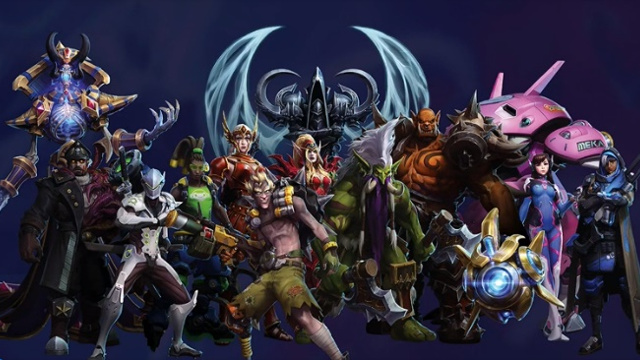
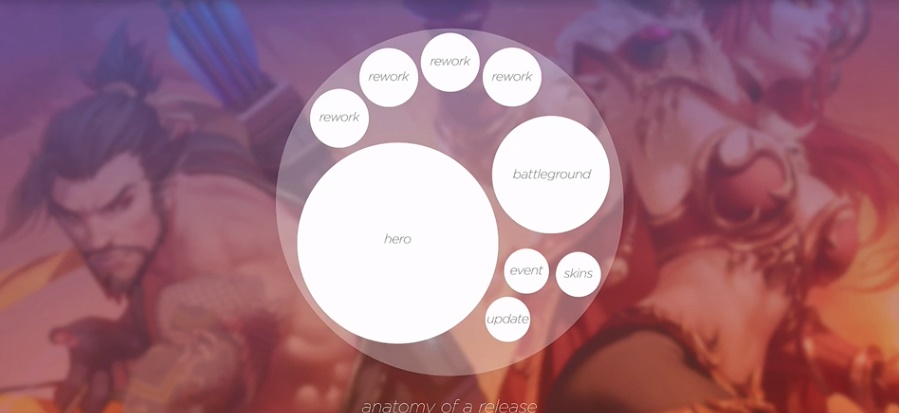
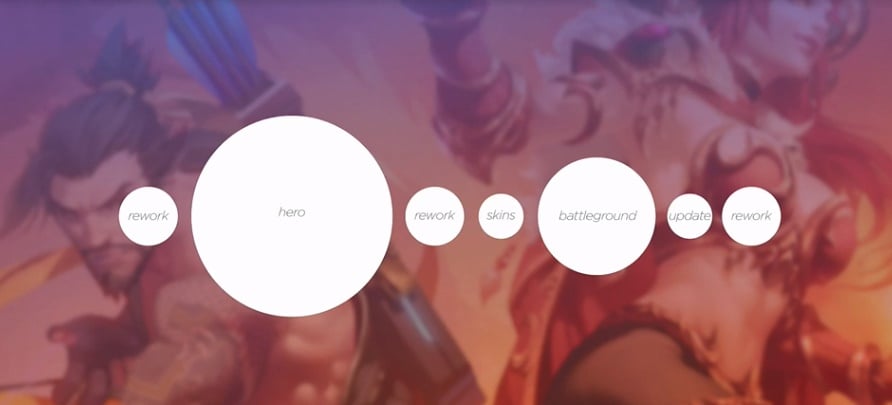
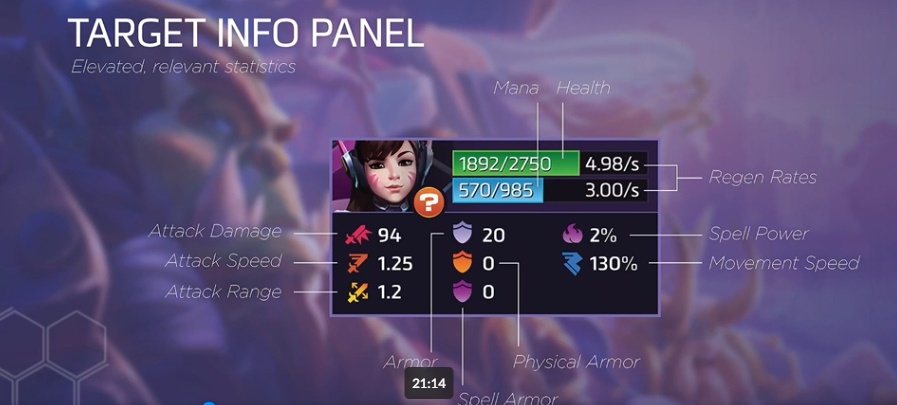
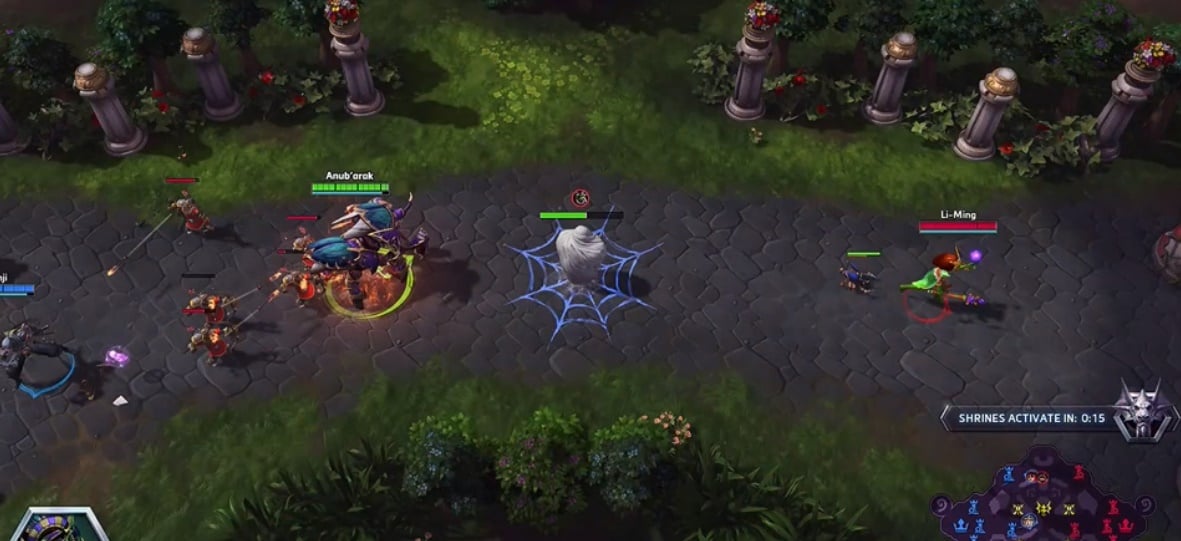
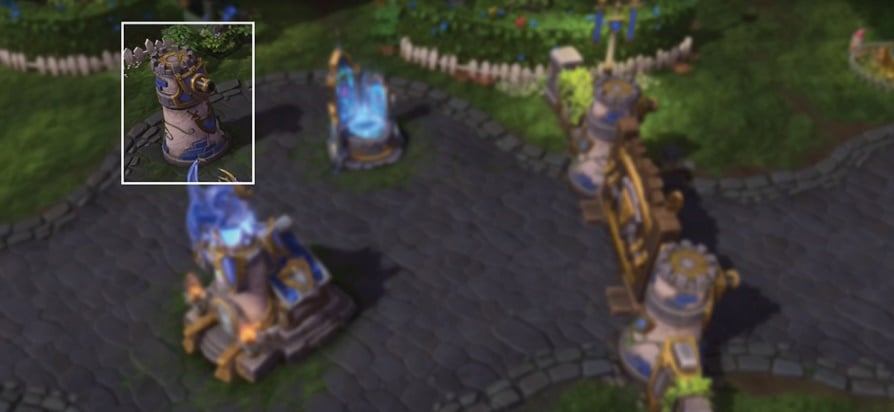
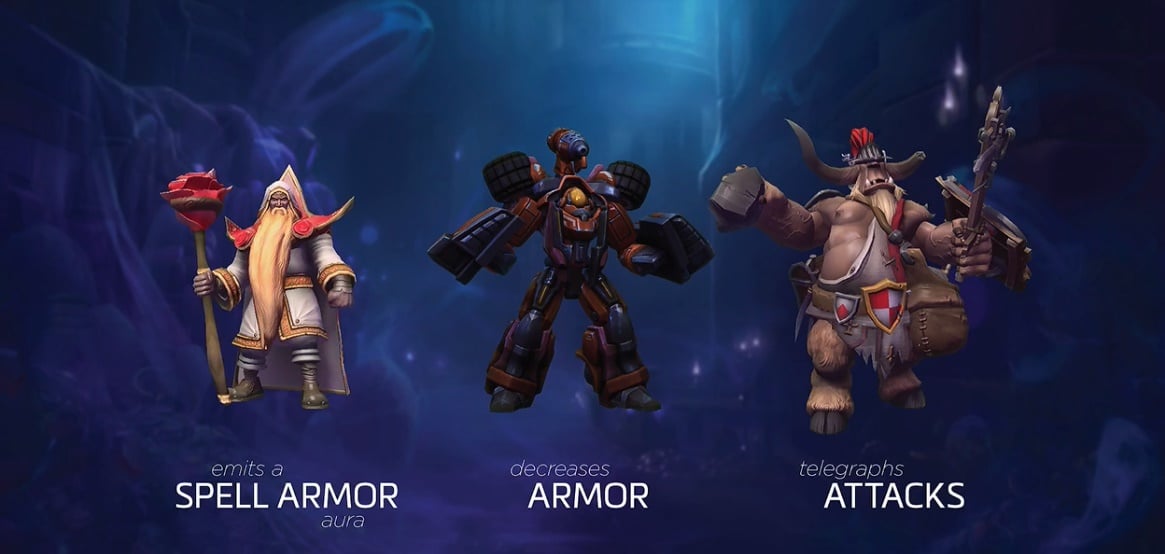
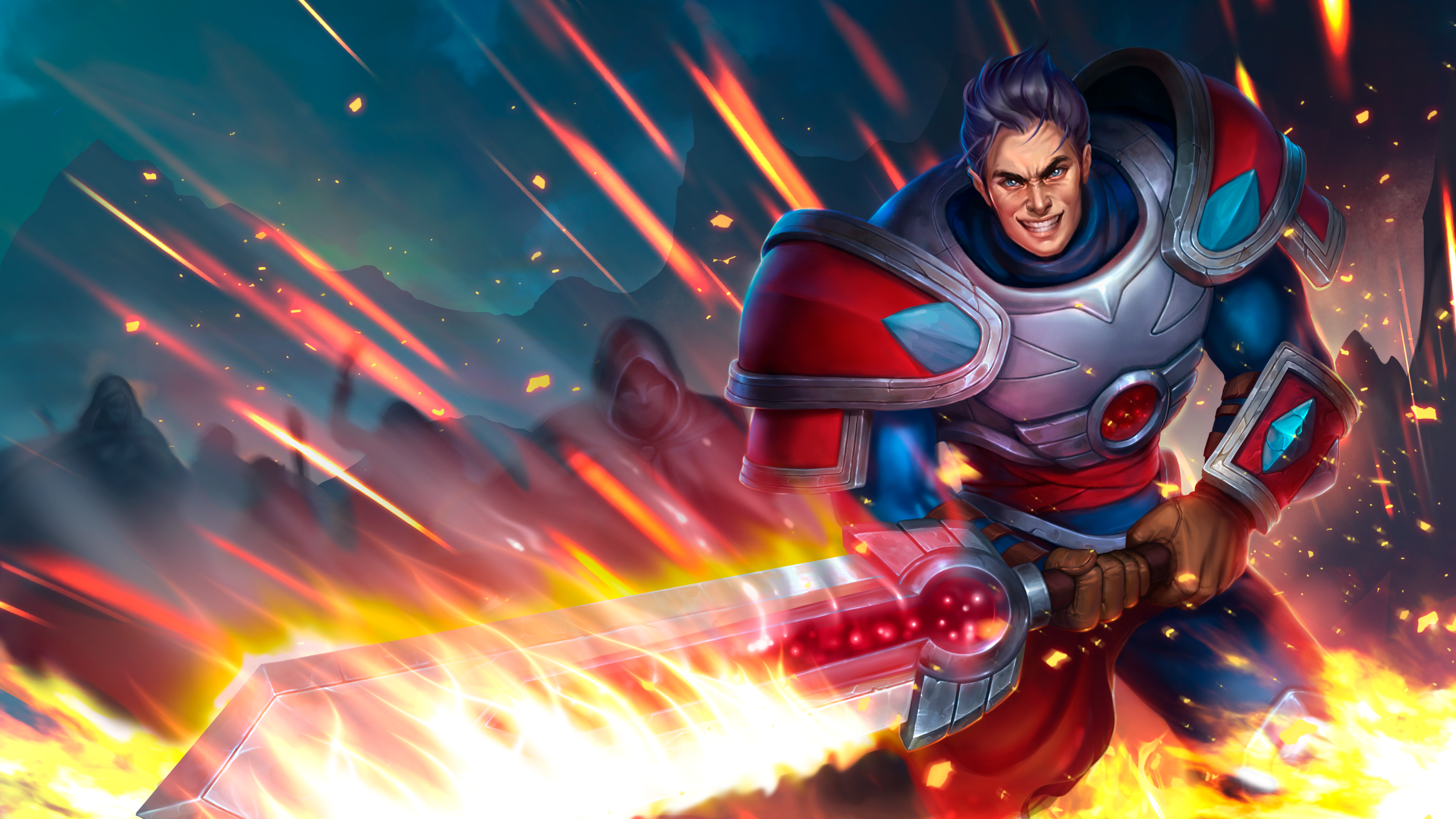




Published: Nov 5, 2017 08:27 am